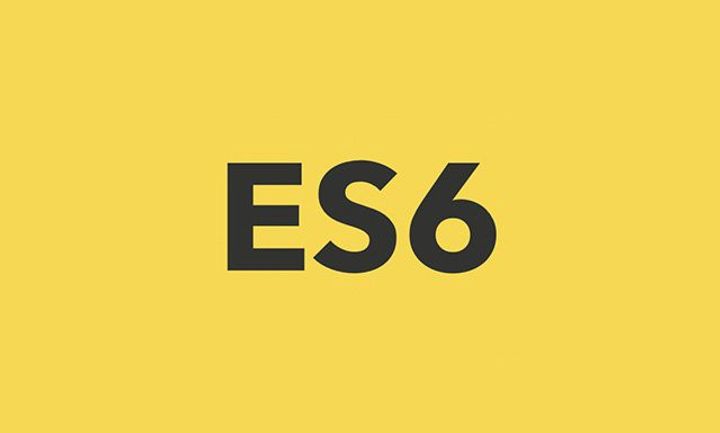
Things you may not know about Object Oriented Javascript (Es6)
Hi there! Let's try to create a simple Group object, very similar to the existing Set object in Javascript. Here's the specification for this Abstract Data Type:
- It should provide a constructor that creates an empty Group.
- An object can be contained only once; there cannot be duplicates.
- It must provide
add(),delete()andhas()methods. - There must be a
lengthproperty containing the number of objects stored inside. - Provide a static method that creates a
Groupfrom an array.
We'll use this example to explain stuff regarding javascript new
classkeyword introduced in ES6. We will not focus on the performance of this class; only on js syntax.
The constructor
Let's start from the basics. Here's the constructor for this object:
class Group {
constructor() {
this.elements = []
}
...
}The Group class has an internal array that will hold the list of objects.
The has() method
Let's start with the has method, because it will be used widely in other methods. This method should check that an element is already in the group. Here's the code:
class Group {
...
has(element) {
return this.elements.indexOf(element) >= 0 ? true : false
}
}Basically we leave to indexOf() the burden of checking if the element is already present in our group.
add() and delete() method
If an element is not present, add should add the element to the group. And of course, if an element is present, delete should... delete.
class Group {
...
add(element) {
if (this.has(element)) return
this.elements.push(element)
}
delete(element) {
if (!this.has(element)) return
this.elements.splice(this.elements.indexOf(element), 1)
}
...
}What's going on in the delete() method? We search for the index of the element in the array, then we call the [splice()](https://www.w3schools.com/jsref/jsref_splice.asp) function that returns a new array without the element at the specified index. The second argument is the number of elements to remove.
"That don't impress me much". Fun begins now: getters and setters
Let's see how to create a derived property in a javascript object. A derived property is a property that changes when another property changes. For example we want to write a derived property to get the number of the elements for the group.
class Group {
...
get length() {
return this.elements.length
}
...
}- there's the keyword
getthat specifies this property as a getter. When we callgroup.length(note: no parenthesis!) we get the length of the inner array. We can write very complex stuff in here, and we can access thelengthproperty as a normal property - the user will not know what's going on internally. - There's also the
setkeyword that you can use for setting a property. Here's an example:
class Example {
constructor() {
this.hidden = 3
}
set property(element) {
this.hidden = element
}
get property() {
return this.hidden*this.hidden
}
const example = new Example()
console.log(example.hidden)
// --> 3
console.log(example.property)
// --> 9, the getter returns the square of hidden
example.property = 4
// now `hidden` is set to 4
console.log(example.hidden)
// --> 4
console.log(example.property)
// --> 16This mechanism is very powerful and you can do a lot of stuff with it. VueJS uses this mechanism to create the Vue object filled with the data properties.
Static methods
Our last piece of exercise is to build a static method for the Group class.
A static method are called without instantiating their class and are callable when the class is not instantiated. Let's see an example:
class Group {
...
static from(elements) {
//here we instantiate the object that will be returned
const group = new Group()
//for semplicity let's assume that `elements` is an array.
for (let elem of elements) {
group.add(elem)
}
return group
}
}
const group = Group.from(["one", "two", "three", "one"]);
// -> returns a Group
console.log(group.length)
// -> 3Finally...
I don't suggest you to program in JS as you would in Java; JS object oriented features in JS are very different compared to other languages. However, if you find that something should be an object, and you end up writing an Object, there two tricks might become handy.
Next time we'll talk about iterators and symbols in Javascript, another nice addition to the language. Stay tuned!
